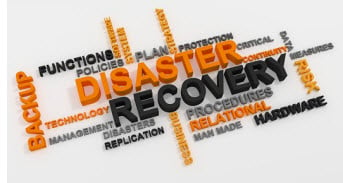Many IBM i-based systems have been successfully performing their business function for decades. Even though the Power i platform has a stable future through at least 2032, IT leaders sometimes assume that antiquation has come with age for this 30+-year-old product family.
In our experience, this assumption is false. IBM i is not only a stable option that can continue performing well in support of business-critical systems but an inherently flexible system that can be readily integrated with a variety of new capabilities.










